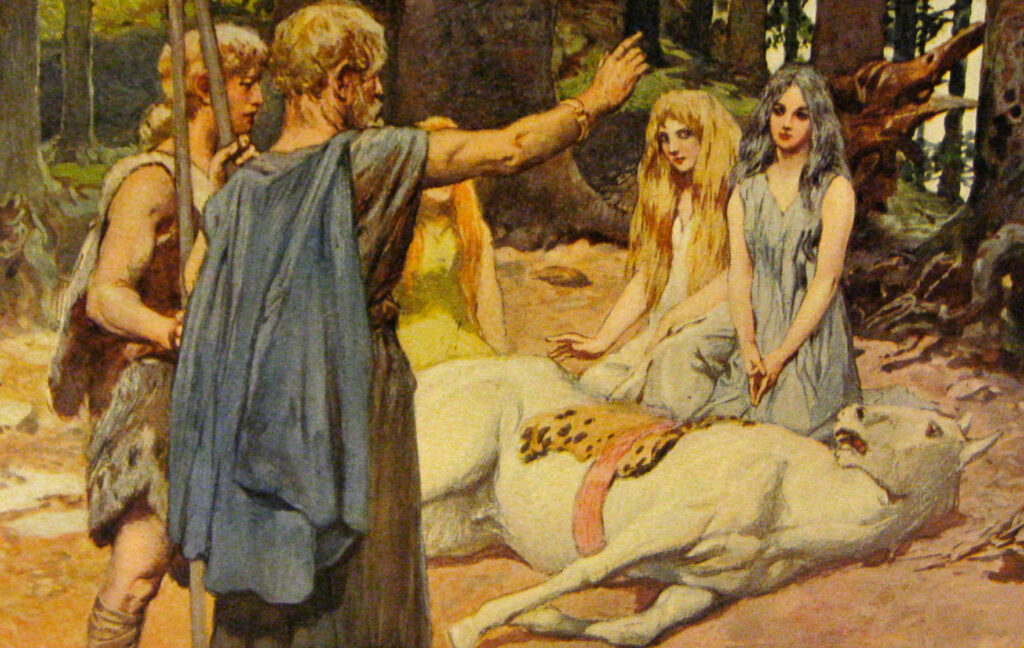Old Religion and New Faith

So far as we can tell – and we can tell little with certainty – Anglo-Saxon paganism had little idea of an afterlife. Working from later Norse mythology, we can guess that warriors killed in battle might expect a posthumous existence of feasting and fighting (no mention in existing sources of the other ‘f’ but it was the sort of reward unlikely to be recorded by monkish annalists writing down pagan stories). But there seems to have been little expected for anyone else beyond a shadow existence analogous to the insubstantial shades of classical mythology. The followers of the old polytheistic religions did not hold that we are simply flesh puppets, dissolving upon death, but it was among the living that there was life; what came afterwards was merely shadows and whispers, the long outbreath of final expiration.
In comparison, the new religion offered hope. And it was a hope not confined to a small subsection of the population but one available to everyone: child and adult, poor and rich, slave, peasant and warrior. The first pairing must have been particularly appealing at a time when infant mortality was probably over fifty per cent. The knowledge that the children you had lost and still mourned were not reduced to shades but lived transformed must have been a huge solace to many bereft parents.
0 Comments